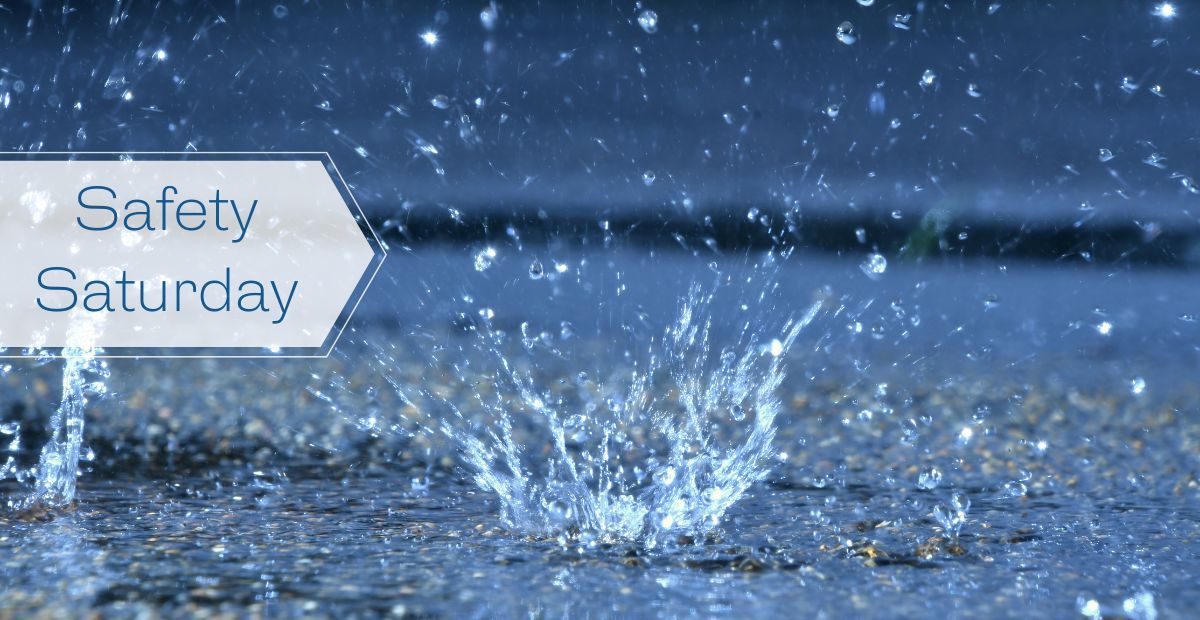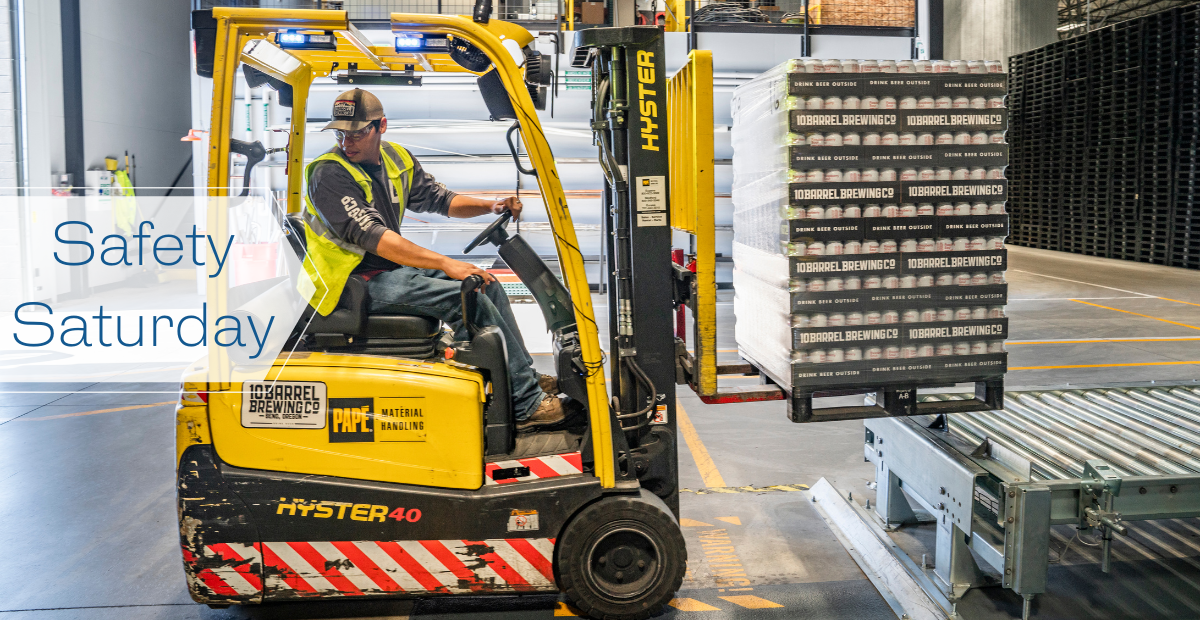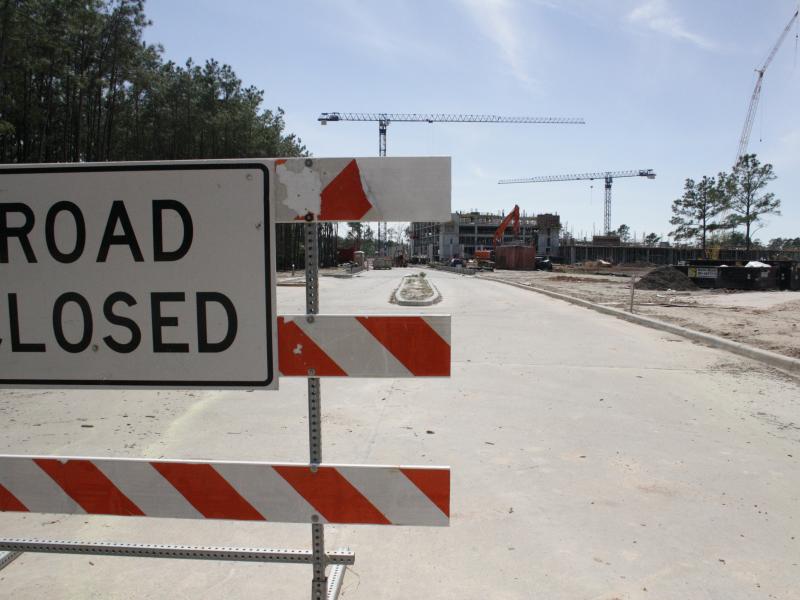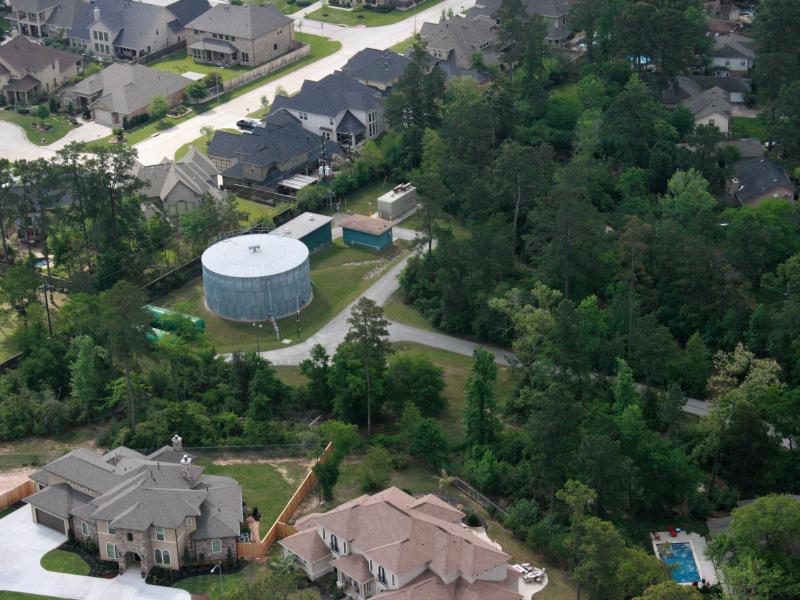Safety Saturday: Rainwater

The rainy season in Texas is typically in the spring (March-May) as the season begins to change; but, according to the National Oceanic & Atmospheric Administration, December 2022 and January 2023 saw an above average rainfall in Montgomery County. The showers were generally short and intense, with rainfall lasting 1 - 2 days. Although it might sound like a dull topic, rainwater can cause hazards for us all; thus, it is an important topic for this #SafetySaturday.
Hazards to Community
As we are soon approaching March with increased rainfall from last year, this is a great time to understand the potential safety concerns while reminding ourselves how we can be safe. To start off, wet surfaces due to rainwater can contribute to safety accidents such as slips and falls. It is imperative that you be aware of floor conditions when entering a store or a work building. Taking short steps and walking at a slower pace can help you react quickly to a change in traction and avoid slipping on a wet floor. The National Highway Traffic Safety Administration reminds us that the first 10 minutes after rain begins is the most dangerous time to be on the road as water mixes with oil on the road surface and becomes slippery.
Heavy rain can come with wind causing tree limbs to fall, creating dangerous road hazards. Further, the combination of rainwater and cold air can also create icy road conditions, adding to our already hectic daily commutes.
After the rain, dogs and people alike can walk into and track puddled and standing water. Rainwater can carry bacteria, parasites, viruses, and chemicals that could make us sick, and rainwater has been linked to disease outbreaks.
Hazards to Workers
Road and other construction workers will likely not be at the jobsite during a downpour or in inclement weather. In some cases, however, construction workers might be working in drizzle. While there aren’t any specific guidelines around working in the rain, OSHA recommends:
- Moving cautiously, particularly on ladders or at heights
- Using the correct equipment and tools that can be used in the rain with non-slip handles
- Wearing proper personal protective equipment (PPE) including proper footwear and trousers that don’t drag on the floor
- Wearing high-visibility clothing to make sure all workers can be seen by each other and by drivers if they are working outdoors
Heavy rain can increase the danger of using cranes and hoists for those working in construction as they can become lightning rods during thunderstorms. Additionally, slippery conditions can endanger the loading crew and increase the chances of a dropped load. Not every construction job can stop just because rain starts. When the job must go on rain or shine, the right safety precautions combined with proper safety equipment is key to keeping safe and getting the work done on time. Following the above recommendations and prioritizing safety, can aid in maintaining the efficiency of the project and can, more importantly, mitigate the hazards of working in the rain.








